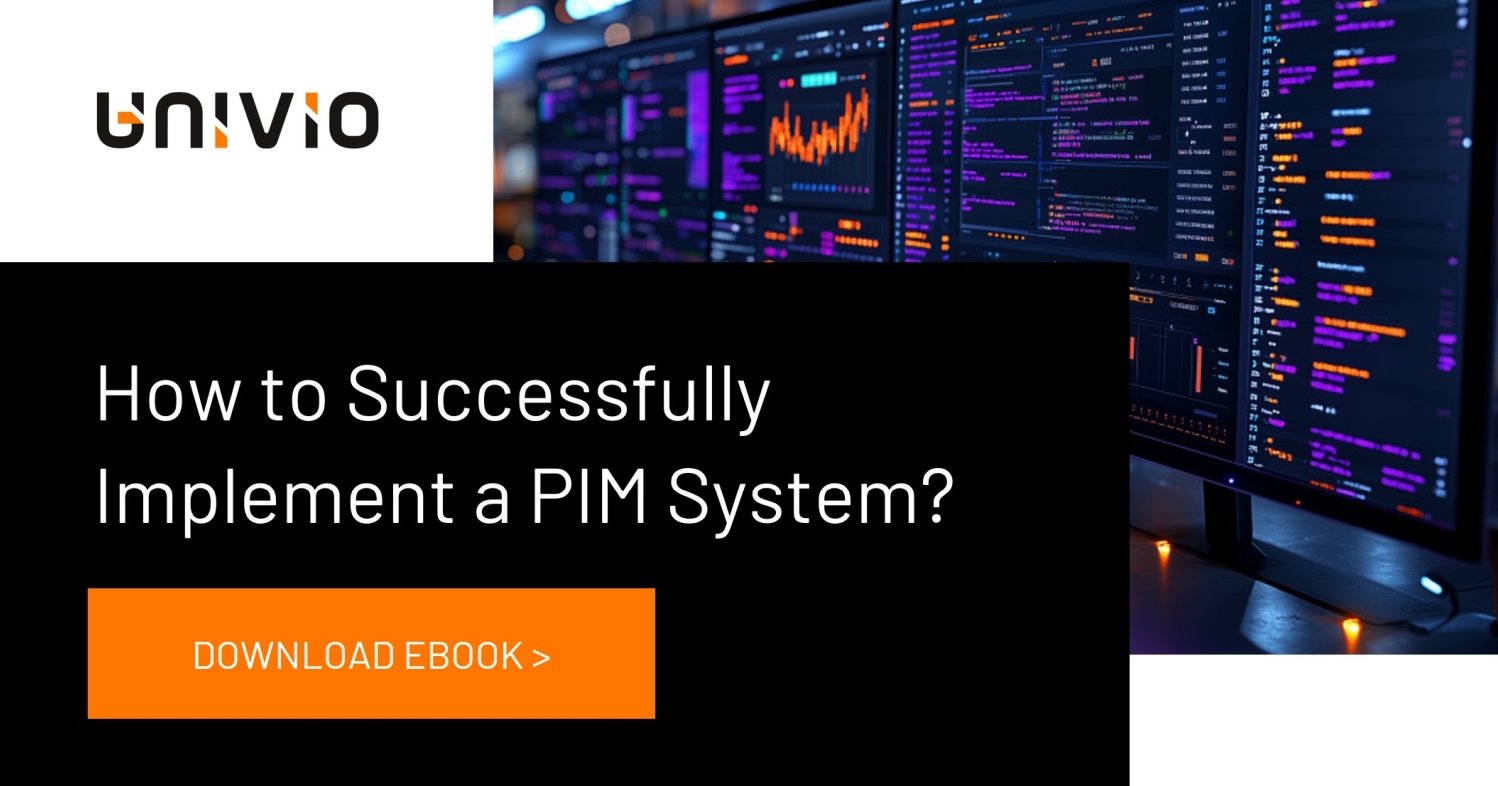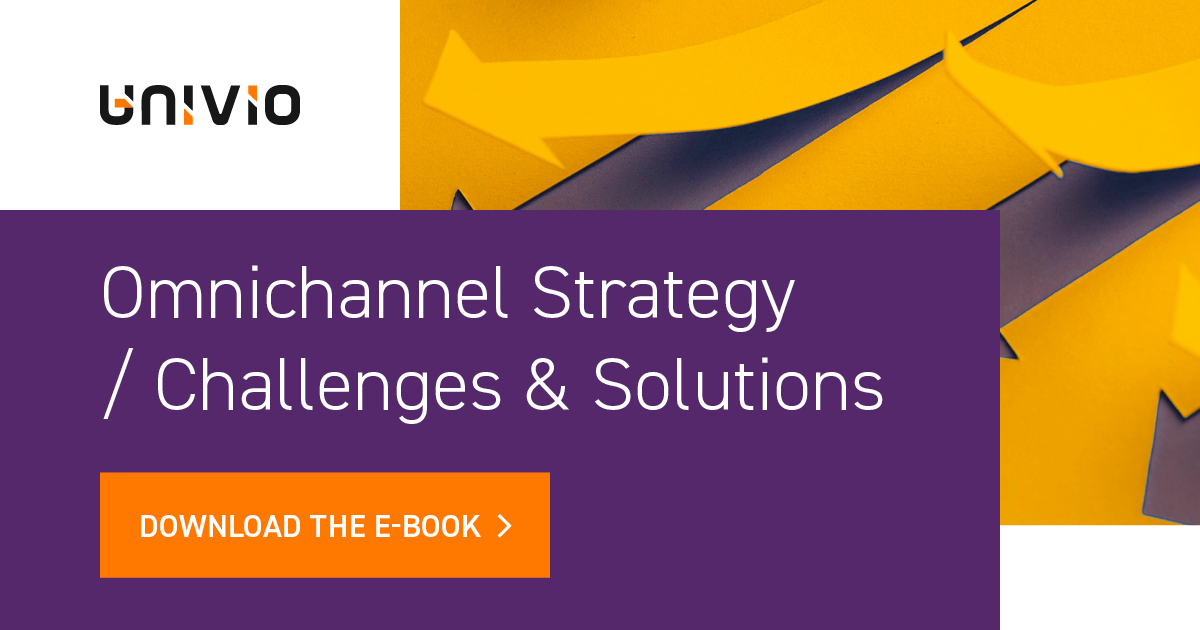How to Implement a PIM System? Start With RFP
Planning to implement a PIM system? Before choosing a supplier, learn the best practices that will help you avoid costly mistakes.
Implementing a Product Information Management (PIM) system is a strategic move for any organization looking to streamline data and boost operational efficiency. Yet many companies make the same misstep: they start by selecting a tool before clearly defining their needs and goals.
To help you start on the right foot, we’ve put together a brief guide on how to prepare for PIM implementation — and what an RFP is, including why it’s a crucial part of the process.
What Is a PIM System and How It Can Transform Your Business
PIM systems centralize and manage all types of product data, making it easier to:
- Streamline publishing across multiple sales channels—online stores, catalogs, marketplaces, and mobile apps
- Reduce time-to-market for new products
- Support global expansion with automated translations and content localization
- Eliminate errors in product descriptions and data
- Save valuable team time by automating manual tasks like data entry and content creation
When implemented properly, a PIM system is more than just technology — it’s a strategic advantage powered by a well-organized digital ecosystem. But success starts with the right preparation.
Getting Started with PIM: What You Need to Prepare First
The market offers a wide range of PIM solutions, each with its own strengths and limitations. Some are ideal for mid-sized businesses looking for quick implementation and ease of use, while others are better suited for complex organizations requiring flexibility, custom features, and system integrations.
Before comparing options like Pimcore, Akeneo, or others, it’s crucial to start with a solid foundation: define your business goals, user needs, and the scope of the implementation.
Before moving forward, it’s worth asking a few key questions:
- What challenges is your organization currently facing in managing product data?
- Which teams will use the PIM system, and what are their specific needs?
- What product data do you already have, and where is it stored?
- Which features are essential from day one?
- How important is scalability as your company continues to grow?

What Is an RFP and Why It’s Essential for a Successful PIM Implementation?
An RFP (Request for Proposal) is a formal document where you outline your system requirements and expectations for potential vendors. It defines the implementation scope, desired features, technical and integration needs, and the preferred collaboration model. A well-crafted RFP lays the groundwork for a successful PIM implementation.
What does a strong RFP deliver?
- A fair basis for comparing proposals from different vendors
- Fewer costly mistakes and clearer communication throughout the project
- A solution that’s truly aligned with your organization’s needs
Crafting the Perfect Request for Proposal
Common mistakes when preparing an RFP include vague or undefined requirements, failure to outline a clear MVP (Minimum Viable Product), including needs unrelated to a PIM system, and overly general descriptions of challenges and goals.
Without a consistent structure and well-defined expectations, vendor proposals can vary widely in scope, features, and pricing. The result? Offers become difficult to compare, making it hard to determine which one truly aligns with your company’s needs. This often leads to receiving generic, one-size-fits-all proposals, along with underestimated timelines and budgets that don’t reflect the reality of your organization.
How to Avoid Costly Mistakes at the Start of Your PIM Journey
RFP is not just a document – it’s a tool that helps avoid risks, streamlines communication with suppliers, and increases the chances of implementation that really brings value.
Remember that RFP is just the first step. If you want to receive support from independent technology experts at every stage of PIM system implementation, let’s talk!
Want to find out which PIM system will be best for you?








